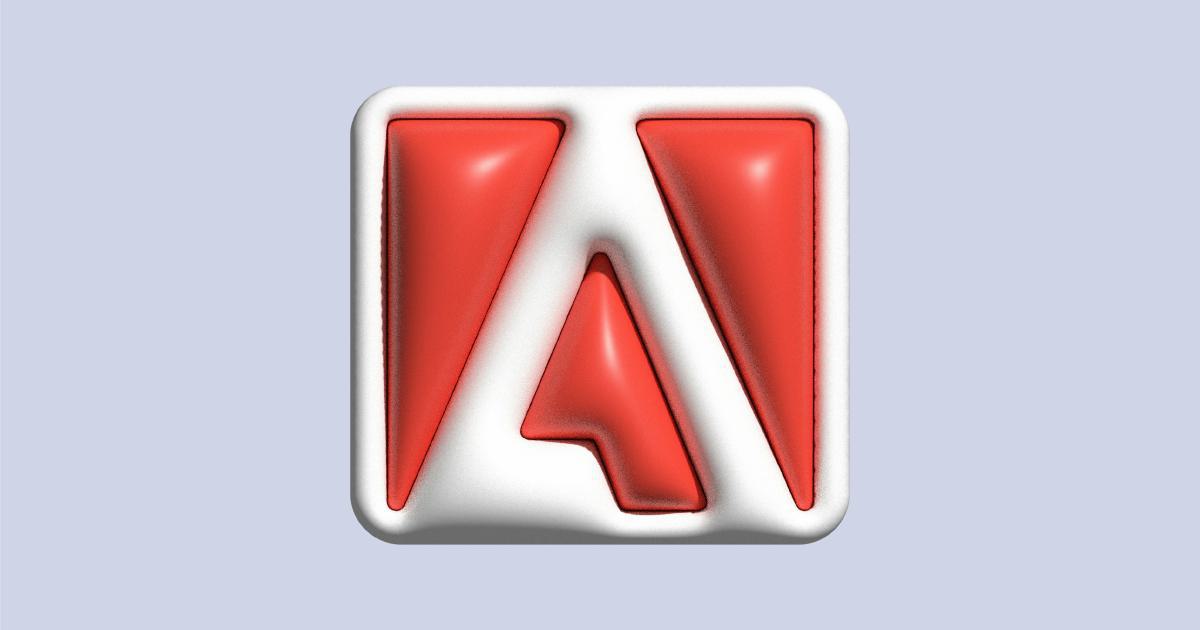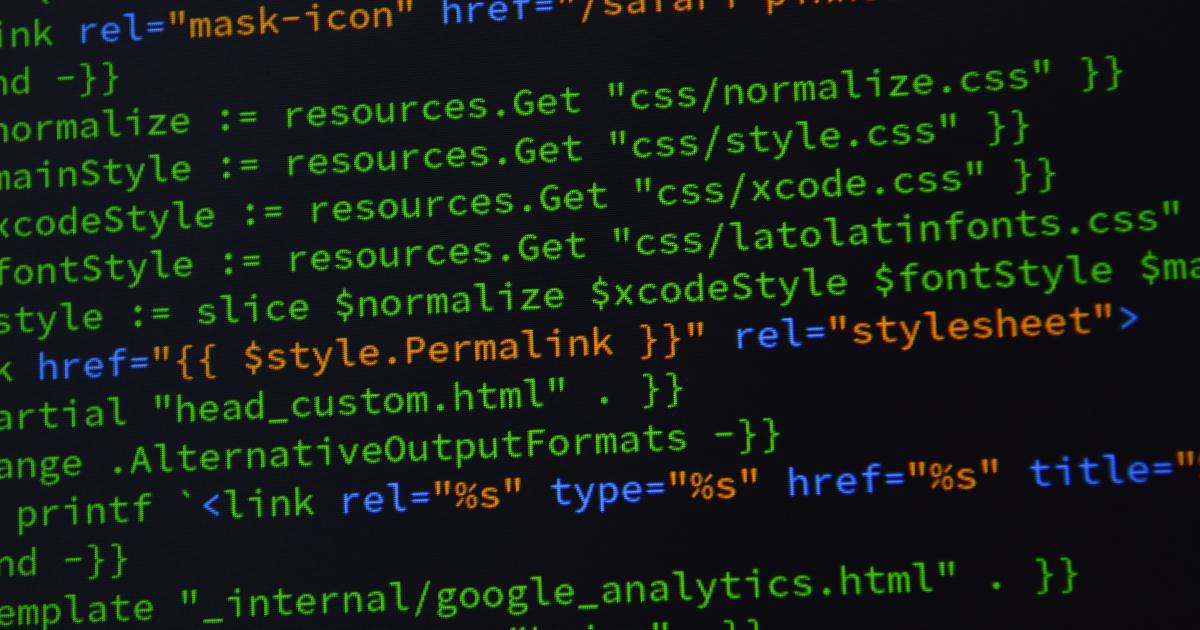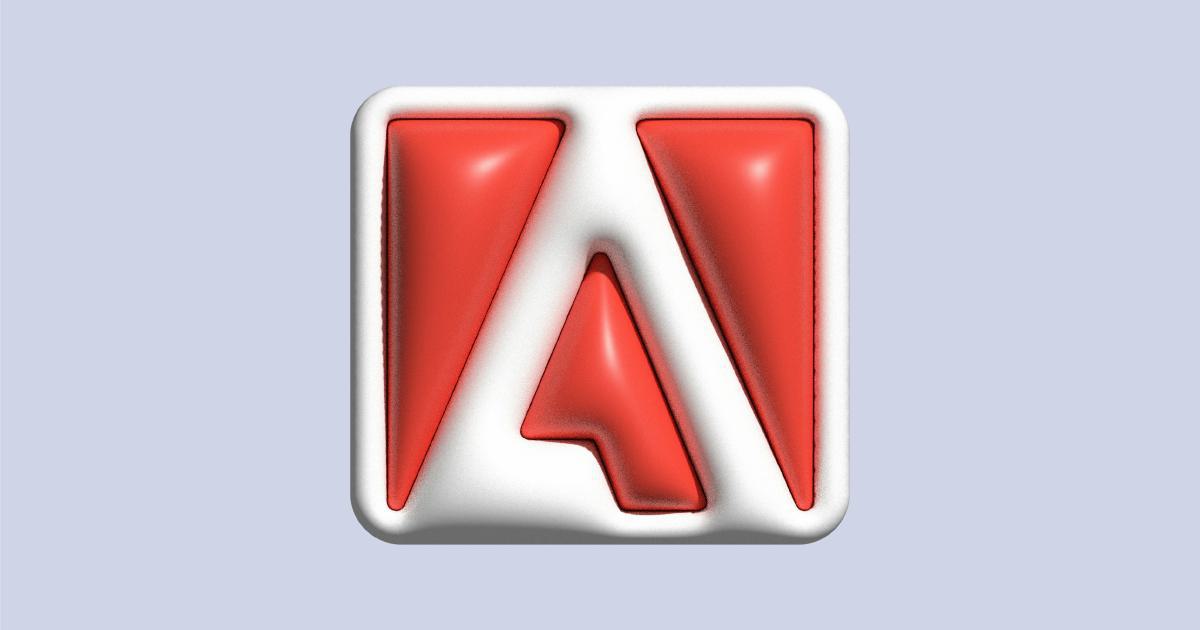Unlock Blazing Site Speed with Web Font Optimization


In today's digital landscape, where attention spans are shorter than ever, the speed and performance of a website have become crucial factors in determining its success. One often overlooked aspect of website optimization is web font optimization, which can have a significant impact on your site's loading times and overall user experience.
Web fonts have become increasingly popular in web design, allowing for greater typographic control and a more visually appealing user interface. However, the way web fonts are implemented can have a significant impact on a website's performance. Poorly optimized web fonts can slow down your site, leading to frustrated users and a higher bounce rate.
In this comprehensive article, we'll dive deep into the world of web font optimization, exploring the strategies and techniques you can use to unlock blazing-fast site speeds and deliver an exceptional user experience.
Understanding the Impact of Web Fonts on Site Performance
Web fonts are typically loaded from external servers, which can significantly slow down a website's loading time. When a user visits your site, their browser must first request and download the necessary font files before it can display the content properly. This additional HTTP request and the time it takes to download the font files can add significant delays to your site's overall loading time.

The impact of web fonts on site performance can be particularly noticeable on mobile devices, where users often have slower internet connections and less powerful hardware. Poorly optimized web fonts can contribute to a frustratingly slow experience, leading to high bounce rates and a negative impact on your website's search engine rankings.
The Importance of Web Font Optimization
Web font optimization is crucial for ensuring that your website delivers a fast, seamless user experience. By optimizing your web fonts, you can:
Improve Site Speed: Reduce the time it takes for your website to load, resulting in a better user experience and improved search engine rankings.
Enhance User Engagement: Faster loading times and a more responsive website can lead to increased user engagement, lower bounce rates, and higher conversion rates.
Comply with Web Performance Standards: Many industry standards and best practices, such as Google's Core Web Vitals, place a strong emphasis on website speed and performance. Optimizing your web fonts can help you meet these standards and improve your overall web presence.
Strategies for Web Font Optimization
Achieving optimal web font performance requires a multi-faceted approach. Let's explore the various strategies and techniques you can use to unlock blazing-fast site speeds.
1. Minimize the Number of Web Fonts
One of the simplest and most effective ways to improve web font performance is to minimize the number of web fonts used on your website. Each additional web font added to your site increases the number of HTTP requests and the overall file size, which can slow down your website's loading time.

When selecting web fonts for your website, consider the following:
- Limit the Number of Weights and Styles: Instead of using multiple font weights and styles (e.g., regular, bold, italic), opt for the minimum number of variations necessary to achieve your desired design.
- Avoid Using Too Many Families: Try to limit the number of different font families used across your website. Each font family requires its own set of font files to be downloaded.
- Consider System Fonts: In some cases, using system fonts (such as Arial, Times New Roman, or Georgia) can be a more performant option than loading web fonts, especially for basic text content.
By carefully selecting and limiting the number of web fonts used on your website, you can significantly improve your site's loading times and overall performance.
2. Implement Asynchronous Font Loading
Traditionally, web fonts were loaded in a blocking manner, meaning that the browser would wait for the font files to download before rendering any text on the page. This approach can lead to a significant delay in the initial rendering of the page content, known as the "flash of unstyled text" (FOUT) or "flash of invisible text" (FOIT).
To mitigate this issue, you can implement asynchronous font loading techniques, which allow the browser to render the page content first, and then seamlessly swap in the web fonts as they become available.

There are several methods for implementing asynchronous font loading, including:
- Web Font Loader: The Web Font Loader is a JavaScript library developed by Google and Typekit, which provides a simple and customizable way to load web fonts asynchronously.
- Font Face Observer: Font Face Observer is another JavaScript library that allows you to load web fonts asynchronously and provide fallback fonts during the loading process.
-
CSS
font-displayProperty: Thefont-displayproperty, introduced in CSS, allows you to control how a font face is displayed based on whether and when it is ready to be used.
By implementing asynchronous font loading, you can ensure that your website's content is rendered quickly, while still allowing the web fonts to load seamlessly in the background.
3. Optimize Font File Formats and Compression
The file format and compression of your web fonts can have a significant impact on their size and, consequently, their loading times. By optimizing the font file formats and compression, you can further reduce the overall file size and improve your website's performance.

Here are some key strategies for optimizing font file formats and compression:
- Use WOFF2 Format: The WOFF2 (Web Open Font Format 2) is the most recent and efficient web font format, offering up to 30% smaller file sizes compared to the original WOFF format.
- Leverage Font Subsetting: Font subsetting is the process of extracting only the glyphs (characters) that are actually used on your website, reducing the overall file size of the font.
- Implement Gzip or Brotli Compression: Ensure that your web server is configured to compress font files using Gzip or Brotli compression, which can further reduce the file size and improve loading times.
By optimizing the font file formats and applying compression techniques, you can significantly reduce the overall file size of your web fonts, leading to faster loading times and improved site performance.
4. Preload and Preconnect Font Resources
Preloading and preconnecting font resources can help the browser fetch and establish connections to the necessary font files more efficiently, reducing the overall loading time.

Here's how you can implement these techniques:
-
Preload Fonts: Use the
<link rel="preload" href="font.woff2" as="font" type="font/woff2" crossorigin>tag in your HTML to instruct the browser to prioritize the download of the specified font file. -
Preconnect to Font Servers: Add
<link rel="preconnect" href="https://fonts.gstatic.com">to your HTML to establish an early connection to the font server, reducing the time required to fetch the font files.
By preloading and preconnecting font resources, you can reduce the time it takes for the browser to discover and download the necessary font files, resulting in faster initial page loads and a more responsive user experience.
5. Leverage Font-Display CSS Property
The font-display CSS property allows you to control how a font face is displayed based on whether and when it is ready to be used. This property can help mitigate the "flash of unstyled text" (FOUT) or "flash of invisible text" (FOIT) issues that can occur during the web font loading process.

There are several font-display options to choose from:
-
auto: The browser decides the best way to display the font based on its own heuristics. -
block: The font face is displayed invisibly while it's being downloaded, and then instantly shown when the download completes. -
swap: The browser displays a fallback font face immediately, and then swaps it with the downloaded font face when it becomes available. -
fallback: The browser displays a fallback font face for a short period and then shows the downloaded font face. -
optional: The browser only downloads the font if it's available immediately and uses a fallback font face if the download is slow or fails.
By leveraging the font-display CSS property, you can provide a more seamless and visually consistent user experience, even during the web font loading process.
6. Implement Caching and Browser Caching
Caching is a crucial technique for optimizing web font performance. By leveraging both server-side and browser-side caching, you can ensure that your users don't have to repeatedly download the same font files, leading to faster subsequent page loads.

Here's how you can implement caching for web fonts:
-
Server-Side Caching: Configure your web server to set appropriate cache-control headers for your web font files, such as
Cache-Control: max-age=31536000, publicto instruct browsers to cache the files for up to one year. -
Browser Caching: Ensure that your web fonts are properly cached in the user's browser by setting the correct
cache-controlandexpiresheaders. This will allow the browser to reuse the cached font files for subsequent page loads, significantly reducing loading times.
By implementing caching strategies, you can reduce the number of HTTP requests required to load your web fonts, leading to faster initial page loads and a more responsive user experience.
Measuring and Optimizing Web Font Performance
To ensure that your web font optimization efforts are effective, it's crucial to measure and monitor your website's performance. There are several tools and metrics you can use to assess the impact of your web font optimization strategies.
Web Font Performance Metrics
- First Contentful Paint (FCP): This metric measures the time it takes for the first piece of content to be rendered on the screen, which can be impacted by web font loading.
- Largest Contentful Paint (LCP): LCP measures the time it takes for the largest piece of content to be rendered on the screen, which is often influenced by web font performance.
- Time to First Byte (TTFB): TTFB measures the time it takes for the initial server response to be received by the browser, which can be affected by server-side optimizations for web fonts.
- Total Blocking Time (TBT): TBT measures the total time between First Contentful Paint (FCP) and Time to Interactive (TTI), during which the main thread was blocked from responding to user input.

By monitoring these key performance metrics, you can identify areas for improvement and track the effectiveness of your web font optimization efforts.
Tools for Measuring Web Font Performance
There are several tools and platforms you can use to measure and analyze your website's web font performance:
- Google PageSpeed Insights: This tool provides an overall performance score for your website and includes specific recommendations for optimizing web fonts.
- Lighthouse: Lighthouse is a powerful open-source tool developed by Google that can audit your website's performance, including web font optimization.
- WebPageTest: WebPageTest is a comprehensive web performance testing tool that provides detailed insights into your website's loading performance, including web font optimization.
- GTmetrix: GTmetrix is another popular website performance testing tool that can help you identify and address web font optimization issues.

By using these tools, you can continuously monitor your website's web font performance, identify areas for improvement, and implement the necessary optimizations to ensure a fast and seamless user experience.
Real-World Examples and Case Studies
To better illustrate the impact of web font optimization, let's take a look at some real-world examples and case studies.
Case Study: Optimizing Web Fonts for a News Website
A popular news website was experiencing slow loading times, particularly on mobile devices. After analyzing their web font usage, the team identified several areas for improvement:
- The website was using too many web font families and weights, leading to a large number of HTTP requests and increased file sizes.
- The web fonts were being loaded in a blocking manner, causing a "flash of unstyled text" (FOUT) and negatively impacting the user experience.
- The font files were not being properly compressed or cached, leading to unnecessary data transfer and slower loading times.
By implementing the following web font optimization strategies, the team was able to significantly improve the website's performance:
Reduced the Number of Web Fonts: The team carefully reviewed the design and limited the number of web font families and weights used across the website.
Implemented Asynchronous Font Loading: The team used the Web Font Loader library to load the web fonts asynchronously, ensuring that the content was rendered quickly and the fonts were swapped in seamlessly.
Optimized Font File Formats and Compression: The team converted the font files to the WOFF2 format and enabled Gzip compression on the server, reducing the overall file size.
Leveraged Preloading and Preconnecting: The team added preload and preconnect tags to the HTML, allowing the browser to fetch and establish connections to the font files more efficiently.
After implementing these optimizations, the news website saw a significant improvement in its performance metrics:
- First Contentful Paint (FCP) decreased by 35%
- Largest Contentful Paint (LCP) improved by 28%
- Total Blocking Time (TBT) reduced by 42%
The website's users reported a much smoother and faster browsing experience, leading to increased engagement and lower bounce rates.
Case Study: Improving Web Font Performance for an Ecommerce Store
An ecommerce store was experiencing slow loading times, particularly on product pages where numerous web fonts were being used. The team decided to focus on optimizing the web font performance to improve the overall user experience.
Minimized the Number of Web Fonts: The team reviewed the design and reduced the number of web font families and weights used across the website, focusing only on the essential typographic elements.
Implemented Asynchronous Font Loading: The team utilized the Font Face Observer library to load the web fonts asynchronously, preventing the "flash of unstyled text" (FOUT) issue.
Optimized Font File Formats and Compression: The team converted the font files to the WOFF2 format and enabled Brotli compression on the server, reducing the overall file size.
Leveraged Preloading and Preconnecting: The team added preload and preconnect tags to the HTML, allowing the browser to fetch and establish connections to the font files more efficiently.
Implemented Caching Strategies: The team configured the server to set appropriate cache-control and expires headers for the web font files, ensuring efficient browser caching.
After implementing these web font optimization strategies, the ecommerce store saw the following improvements:
- First Contentful Paint (FCP) decreased by 27%
- Largest Contentful Paint (LCP) improved by 32%
- Time to Interactive (TTI) reduced by 19%
The faster loading times and more responsive user experience led to increased customer engagement, lower bounce rates, and ultimately, a boost in the store's overall sales performance.
These real-world examples demonstrate the significant impact that web font optimization can have on a website's performance and user experience. By implementing the strategies and techniques discussed in this article, you can unlock blazing-fast site speeds and deliver an exceptional user experience for your website's visitors.
Conclusion
In today's competitive digital landscape, website speed and performance have become crucial factors in determining a website's success. Web font optimization is a often overlooked, yet highly impactful, strategy for improving site speed and delivering an exceptional user experience.
By minimizing the number of web fonts, implementing asynchronous font loading, optimizing font file formats and compression, leveraging preloading and preconnecting, and applying caching strategies, you can unlock blazing-fast site speeds and ensure that your website's visitors enjoy a seamless, responsive experience.
Remember, web font optimization is an ongoing process, and it's essential to continuously monitor and measure your website's performance using the tools and metrics discussed in this article. By staying vigilant and making data-driven decisions, you can continually refine your web font optimization strategies and maintain a competitive edge in the ever-evolving digital landscape.
So, what are you waiting for? Start optimizing your web fonts today and unlock the full potential of your website's performance!